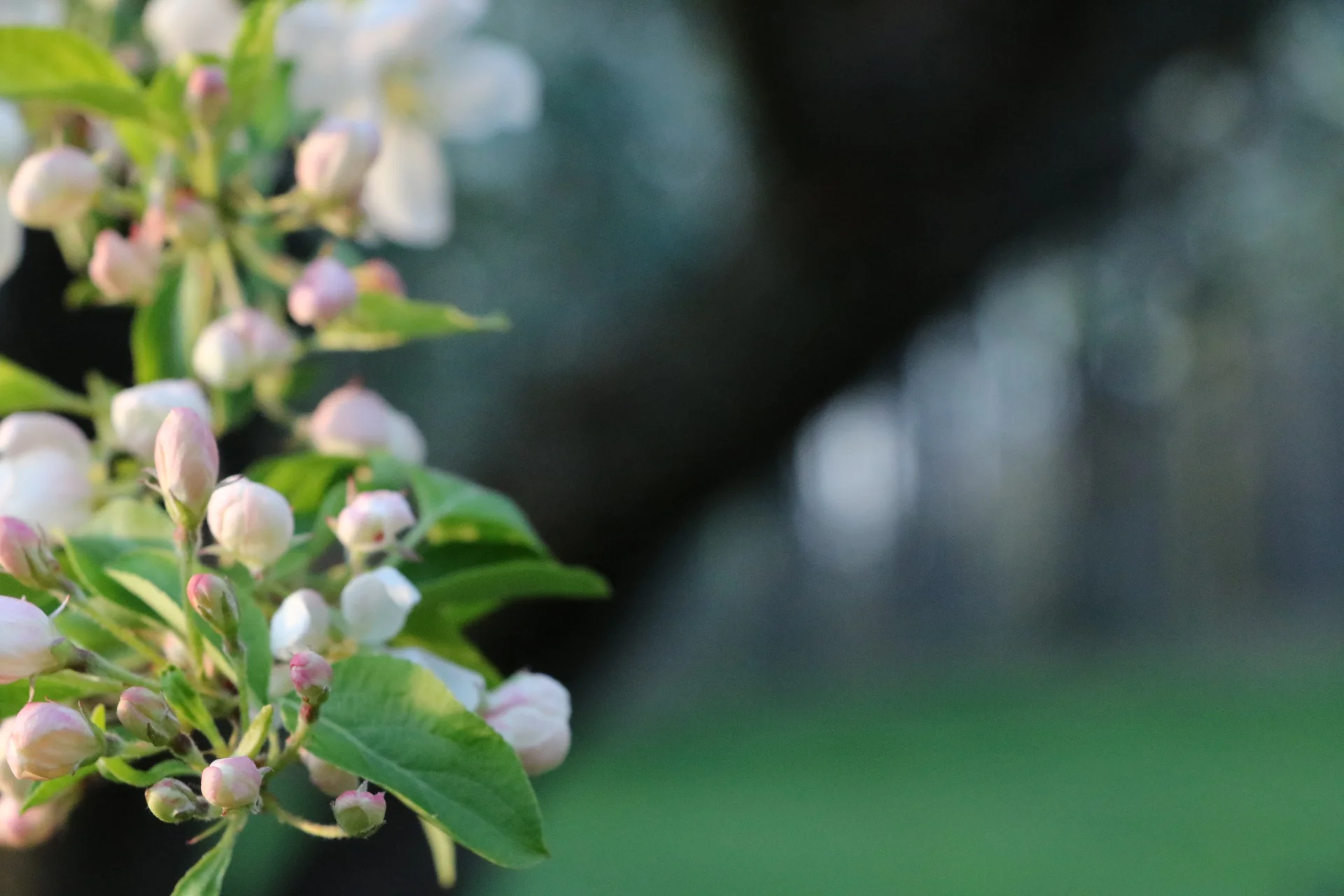Backyard Beekeeping FAQs
/We get to talk to a LOT of people about bees and beekeeping, so we thought it would be helpful to compile a list of the questions we get asked the most often.
Can I keep bees in my yard?
The answer to this question, in almost every scenario we are presented with is YES. Many of us picture rows of hives in a biog, open farm field and think we need that much space to safely keep hives. The good news is that a honeybee hive requires very little space, and can safely be kept in many urban and suburban areas. I successfully kept hives on the roof of my garage for years in a big city. There are a few things to consider before setting up your hives in the yard, and we'll cover site selection in a separate post.
How much will it cost to get started?
The short answer is $500-$600. Because there are various choices that you can make when selecting the materials and gear that are right for you, there is some variation in initial cost. Here's the breakdown of what you can expect to spend:
$250-$300 hive components (bottom board, screen board, hive bodies, supers, covers, frames, etc.)
$50-$150 safety gear (minimally a veil to cover your face, gloves, or a full suit are all available)
- $50 tools (smoker, hive tools, bee brush)
- $150-$200 honeybee colony (package or nucleus colony)
It's important to note that we will ALWAYS recommend starting out with at least two hives, which will of course increase your initial investment by the cost of the hive components and the bees. There are numerous reasons to consider having more than one hive, and we'll cover that later, too.
How much time do I need to commit to caring for my hive?
An established hive requires little intervention from the beekeeper. You can anticipate visiting your hives for about 10-15 minutes every couple of weeks during most of the season.
As a general rule, you probably shouldn't open up your hives more than once a week (you're setting them back and likely irritating them) or less than once per month( you lose reaction time should you discover an issue).
Of course, honey harvesting, treating for disease, splitting your hives, etc. will all involve more time than a routine inspection, but none of these activities are terribly time sensitive and can often work into your schedule.
How much honey will I get?
This is one of the impossible to answer questions because the amount of honey harvested varies so greatly from hive to hive and year to year. I usually tell people that you'll get more honey than you need in a normal household, with plenty left for gift-giving. Sixty pounds (picture 60 of the honey bears bottles from the store) would be a rough estimate during an average harvest.
Will I get stung?
Yep.
At some point you will definitely get stung by a bee, though it's worth mentioning that the majority of the stings we earn in any given season do not happen during a routine hive inspection. They usually happen when we're doing something "stupid," like forgetting to zip up our veil, or checking a feeder without suiting up, or not shaking the bees off of a suit before getting in the car...for example.
Like we mentioned earlier, honeybees typically defend a small area in the front of their hive. If you avoid this zone, the bees will generally not pay any attention to you or others in the area. Each hive has its own personality, and some are more defensive of their space than others. You'll get to know what they will tolerate.
-Erin
If you are considering setting up your own backyard beehives, chances are you have more questions. Stop in to see us, sign up for some of our classes, or shoot us an email!


